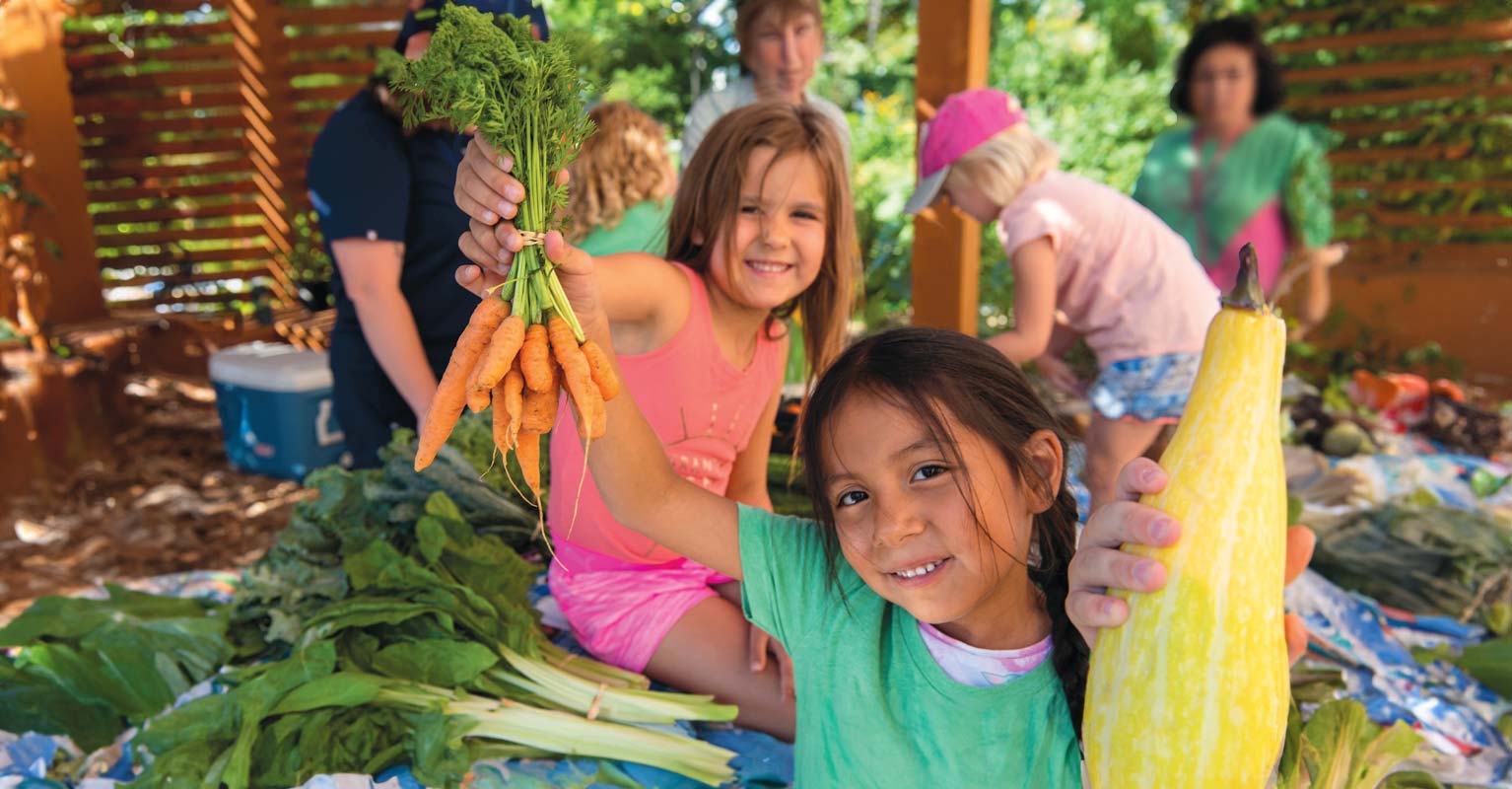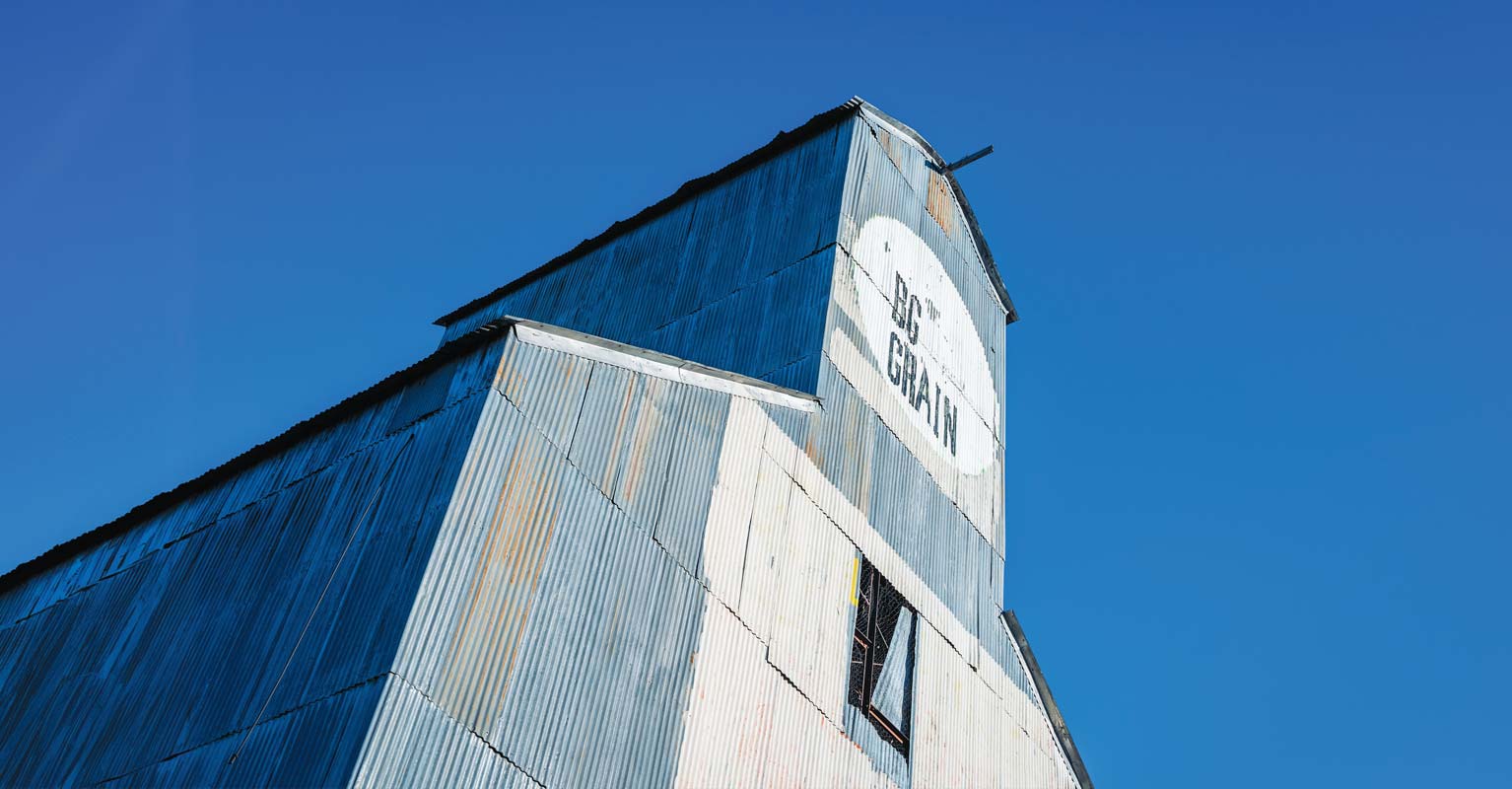Montana at the Forefront of Seed Potato Industry
Jason Kimm and his father, Bill Kimm, stand on a platform in Manhattan, Montana, surrounded by 20-foot-high hills of russet seed potatoes.
“We harvested them just in time this year,” says Jason Kimm. “We narrowly missed October’s snowfall.” Kimm Seed Potatoes is a family-run business, and harvesting is an all-hands-on-deck event that takes about two and half weeks.
The Kimms stack their potatoes in cellars built specifically to store potatoes through the winter. They have several of these cellars on their farm, and this time of year, they’re all packed with potatoes. Inside, temperature regulators keep the newly harvested spuds at about 56 degrees Fahrenheit. They’ll stay at this temperature for two to three weeks, then the Kimms will drop it down to around 38 degrees—cold enough that the potatoes won’t sprout, but they also won’t freeze. The spuds will endure the winter in the cellars until they are shipped out of state in March—most of them to other farmers who will grow them for commercial potato production.
Seed potatoes are tubers that are used to grow the next generation, or crop, of potatoes, which will be genetically identical to the parent potato. Because potatoes grow from potatoes, it’s important that the parent potatoes are free of disease. To keep potato crops healthy, Montana seed potato farmers are engaged in a valuable partnership with MSU.
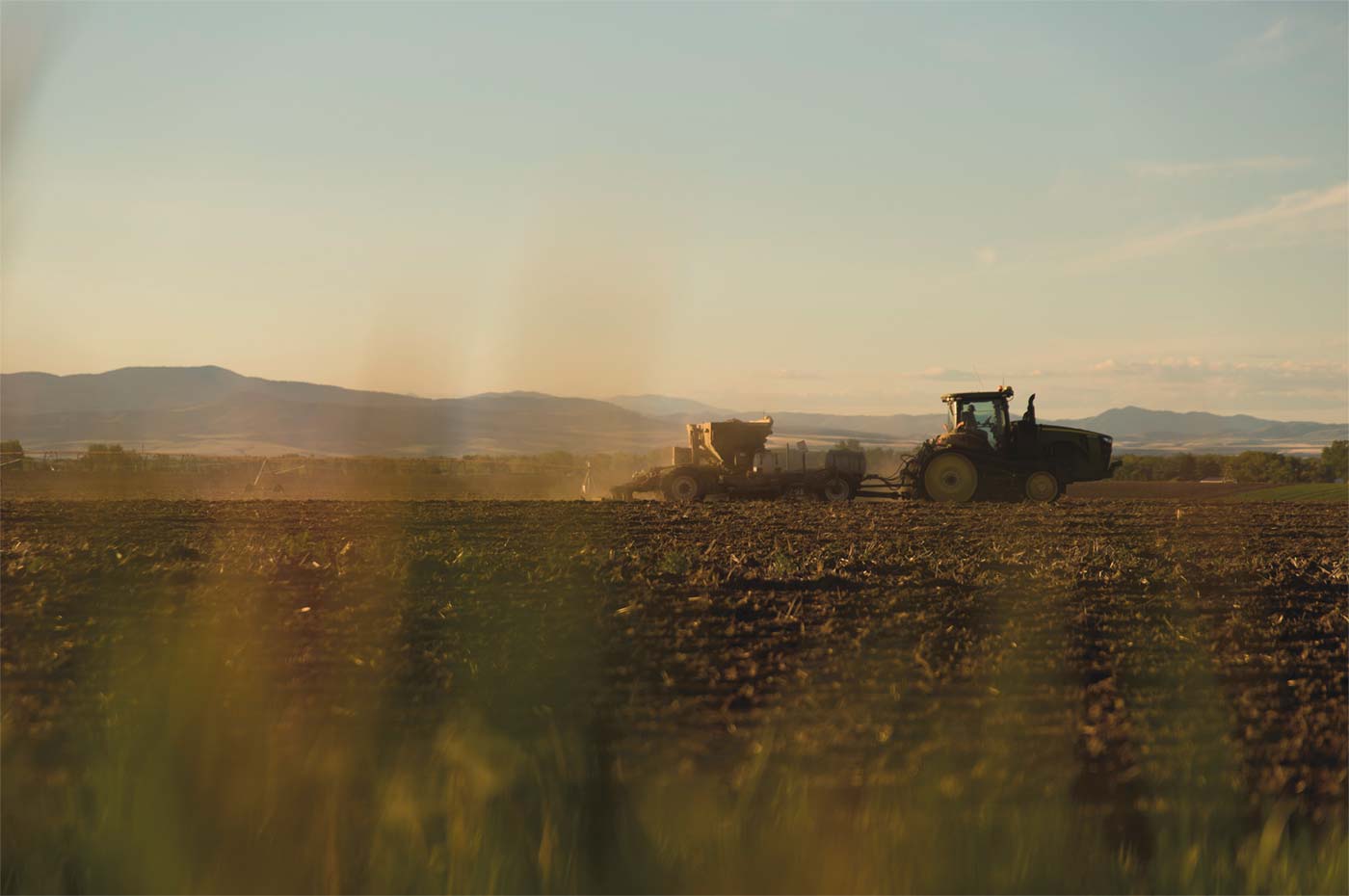
IT ALL STARTS IN THE LAB
When it comes to producing quality seed potatoes, testing is everything. The Kimm family works closely with MSU’s Potato Lab, whose mission is to certify Montana-grown seed potatoes, conduct research, and provide Montana potato producers with disease-free seed stock.
To ensure their 500 acres of potato fields stay free from diseases, the Kimms partner with the Potato Lab to test their crop throughout the year. This rigorous testing means that if disease is present, they’ll catch it before it contaminates the rest of the crop or even neighboring farms. Frequent testing is part of the Potato Lab’s disease-free certification. Every seed potato farmer in Montana has been certified through the lab, which helps keep diseases and viruses to a very minimal level. In fact, Montana has some of the strictest regulations on potato producers in the country.
“Potato farmers here are very cooperative with the state regulations,” says Bill Kimm. “Many growers sit on the board of the MSU Potato Lab, and all of us are very involved. It’s essential to us as potato farmers that we keep the state clean from viruses. If there’s a disease in one farmer’s product, it can easily contaminate all of the area’s potatoes. A small problem can quickly become a huge problem.”
Nina Zidack has been the director of the MSU Seed Potato Certification Program and the Potato Lab for thirteen years, conducting research and testing fields of potatoes across the state.
“The main issue with potatoes is that because potatoes are grown from potatoes, they pick up diseases in the soil over time. Insects and fungi can spread these diseases through the air and can contaminate neighboring potatoes which can greatly reduce the yield of the crop,” she says.
Zidack and her field inspectors visit every field in Montana three times each summer to inspect for disease—twice in July and once in August—collecting samples from the plants and taking them back to the lab for testing. A sample from each potato producer is also taken for post-harvest testing to determine how much disease has spread during the summer. The seed potatoes are collected in early November and shipped to Hawaii to be planted and studied. Over 17 acres of seed potatoes are planted annually in Honolulu, where the climate is perfect for growing throughout the winter. After a month of growth, Zidack collects a leaf from each plant and brings them back to Montana, where they’re screened and tested for viruses.
Sometimes diseases and viruses are found during potato inspections, which is not necessarily bad for consumers’ health but is bad for the potatoes. “The problem is that if potatoes are infected with blight or Potato Virus Y, for example, it can largely reduce the crop yield for that year and pass those same pathogens onto next year’s crop,” Zidack explains. “We’re employing a lot of new testing techniques, like using some of the same pathogen-detection techniques that are used in the medical industry.”
A few years ago, Montana’s Potato Lab became the first in the country to perform these tests and screenings on dormant tubers, providing growers with disease information at an earlier stage in the potato cultivation process.
“We’ve started using polymerase chain reaction (PCR) testing for viruses and plant pathogens, and we’re doing a lot of disease testing directly on tubers, which allows us to get information about a crop of potatoes more quickly than we have in the past. This is helpful to growers who then have the ability to make decisions about what seed lots to replant next year to reduce diseases both on their farm and on their customers’ farms.”
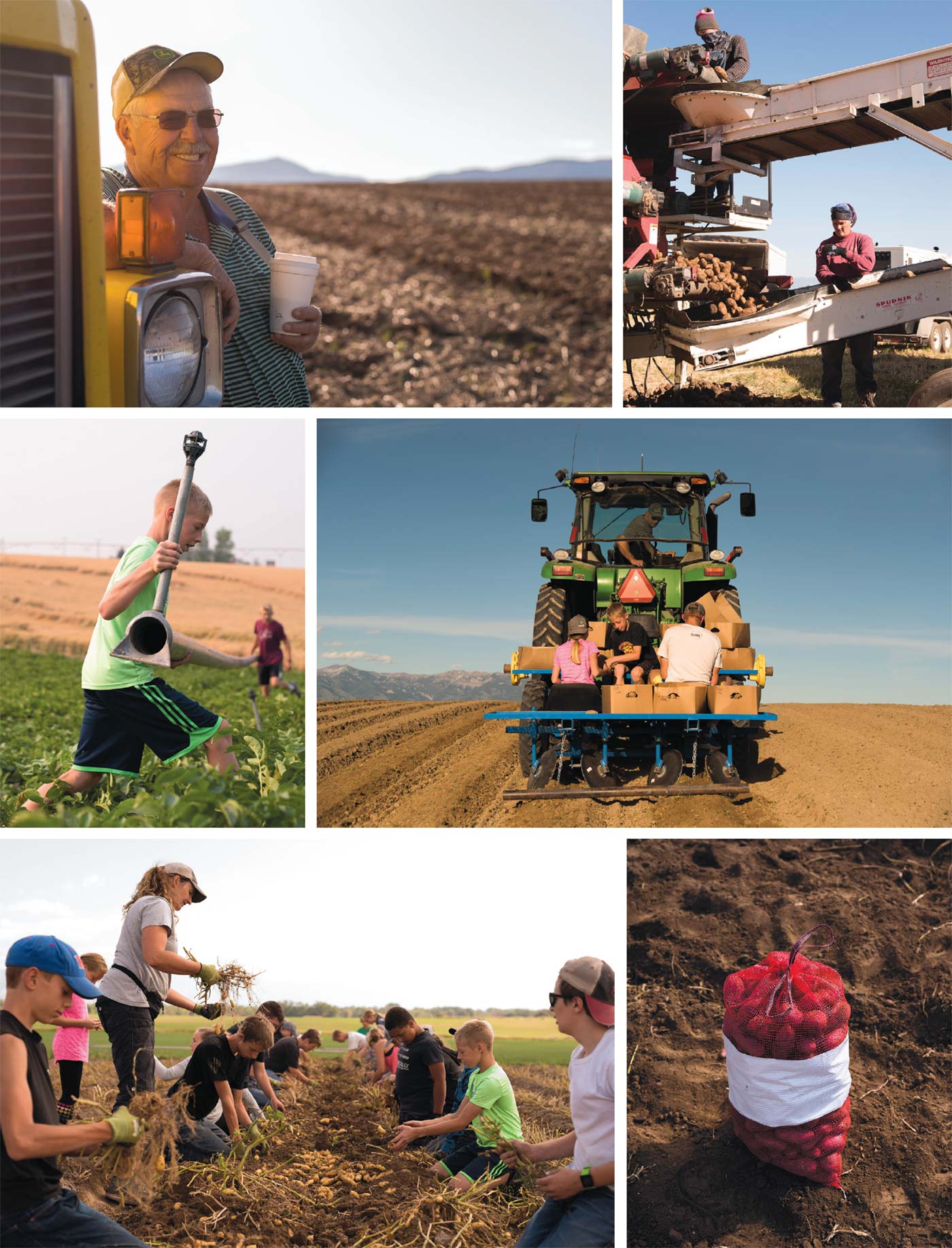
FARMERS WORK TOGETHER TO KEEP POTATOES DISEASE-FREE
Montana ranks third in the country for seed potato production, providing almost half of the seed potatoes planted by growers in the Columbia Basin. One of the reasons for this success is that every potato plant comes from the Potato Lab, the only seed potato certification program for Montana growers. Growers entirely fund the program through registration and acreage fees.
All of the seed potatoes in Montana start in the Potato Lab and are grown in sterile cultures. The lab distributes these plantlets to growers who start them in greenhouses in disease-free conditions. Once grown, they become the nuclear generation of potatoes; farmers plant the mini tubers in fields, and the following year they are replanted as generation-one potatoes.
Ben DeJonge raises six varieties of potatoes on 200 acres in Churchill. After moving from Michigan in 2011 with his family, he started helping his dad, Karl DeJonge, on the family’s potato farm and eventually began assisting the Potato Lab with seed potato development. While his father produces seed potatoes destined to be used by potato growers in other states, Ben works with the lab to produce the early-generation potatoes that his father and other seed potato growers need to get started.
DeJong starts his seed potatoes from mini tubers grown in a greenhouse, planting them in areas which do not have potato production. Testing is most rigorous in the first generation of seed potatoes, and DeJonge works closely with the Potato Lab throughout the year. After growing the first generation of potatoes in a greenhouse, DeJong’s father propagates them in his fields for two to three more years.
“We use most of the first-generation seed for our own supply and multiplication,” DeJonge says. “We sell about 20 million pounds of commercial seed potatoes a year. The bulk of it is transported out-of-state—anywhere from Washington to Maine.”
Montana is a seed production state, and there isn’t much of a commercial consumption industry, which makes it easier to keep viruses and diseases under control. Gallatin Valley stretches 60 miles at its widest point, and a lot of that land produces seed potatoes. It’s an ideal location for production because farmers have room to spread out their fields, and they are somewhat isolated from contamination from other states.
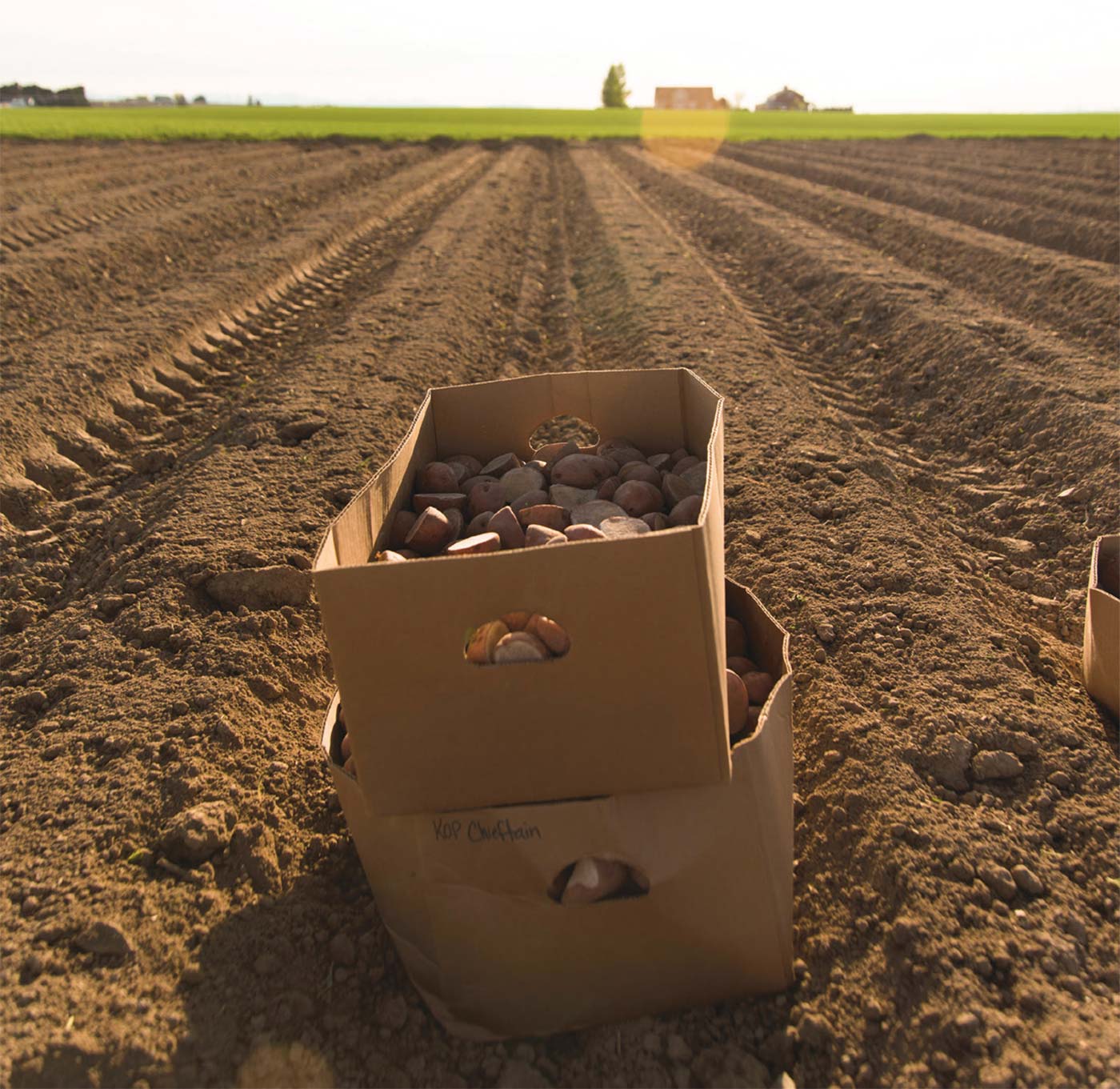
Montana ranks third in the country for seed potato production, providing almost half of the seed potatoes planted by growers in the Columbia Basin. One of the reasons for this success is that every potato plant comes from the MSU Potato Lab, the only seed potato certification program for Montana growers.
Jason Kimm and his wife, Yvonne, work a small organic potato business in addition to their family’s commercial seed potato crop.
“We started Kimm’s Organic Seed Potatoes in 2005,” Yvonne Kimm says. “It started as a test plot; Jason wanted to see what would happen if he tried to grow potatoes without using chemicals. Fall came along, and we had a beautiful plot of organic potatoes, so I started selling them to some local restaurants and the Community Food Co-op. We became officially certified as organic in 2006.”
Organically grown seed potatoes are more work because of the extensive certification regulations, but Jason and Yvonne continue to grow ten varieties so that smaller growers in Montana who want to grow organic will use their certified seed potatoes instead of buying from other states and risking contamination.
“It is so vitally important that Montanans buy Montana seed potatoes; otherwise, we will get viruses coming in from other states that don’t have such an extensive testing program,” Yvonne says. Potato growers like the Kimm and DeJonge families encourage Montanans to buy local seed potatoes when planting their own gardens to ensure that they are not carrying viruses, diseases, and soil-borne pests from other states. To help make this easier for consumers, the Potato Lab created a wholesale garden seed directory that describes the different varieties and the local growers that supply them. “We are trying to make the information easily accessible to nurseries and greenhouses,” Zidack says, “so that our potatoes are the potatoes that are sold and grown in Montana to help protect this industry.”



